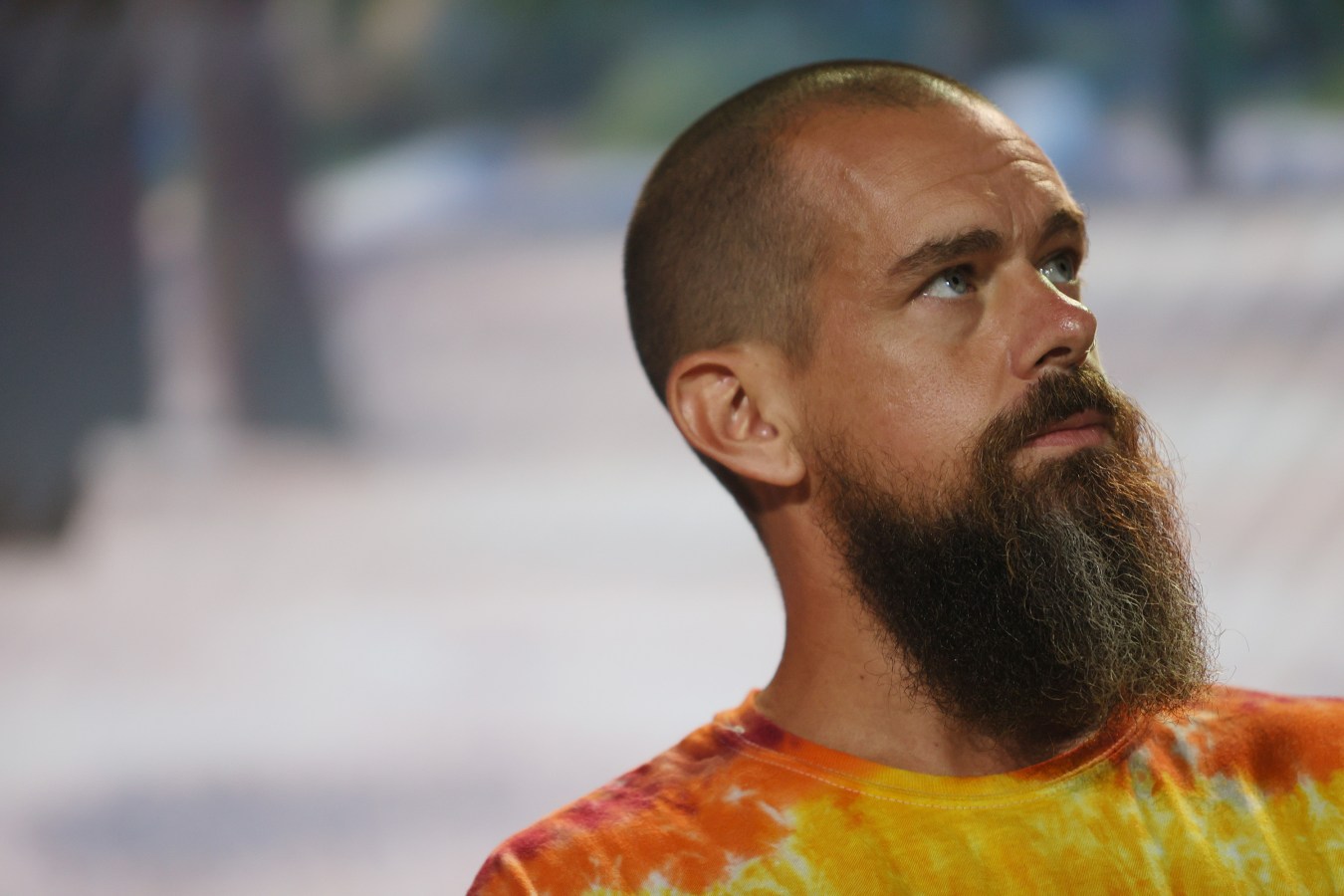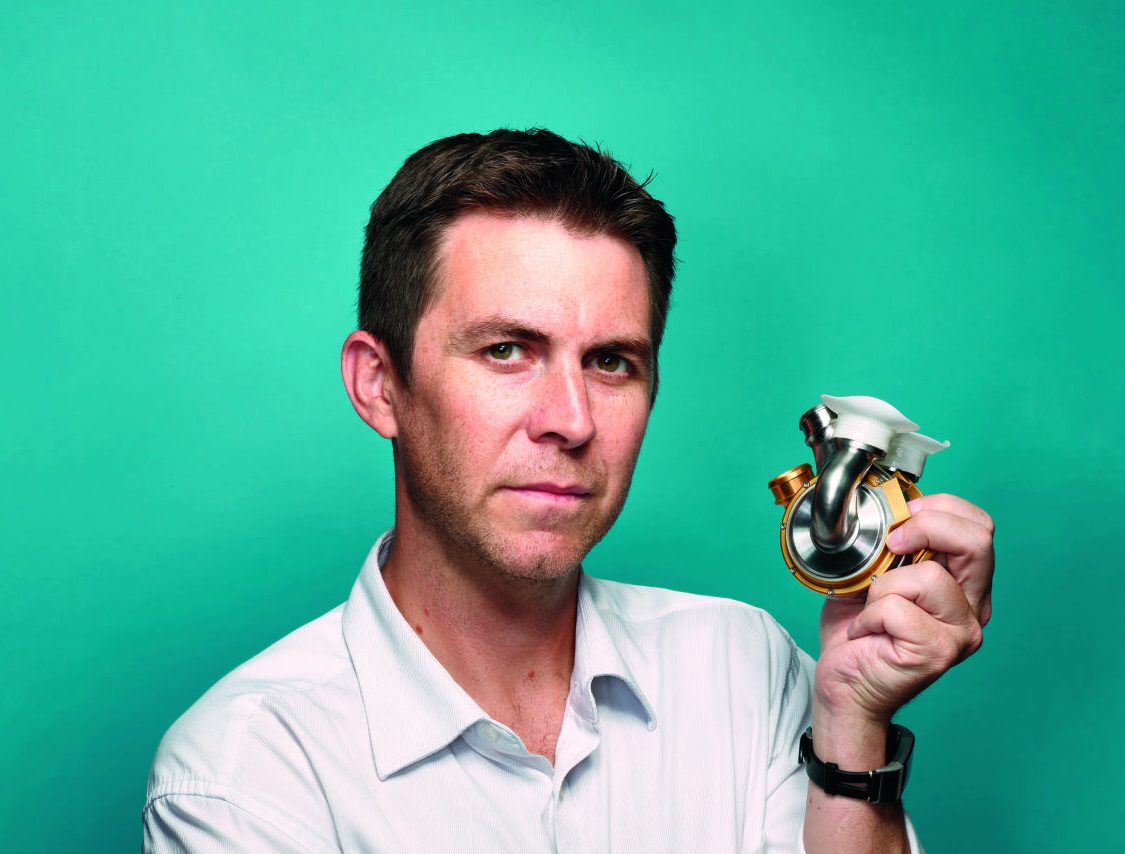Quantum Brilliance, an Australian-German company, is using diamonds to drastically reduce the cost of quantum computing.
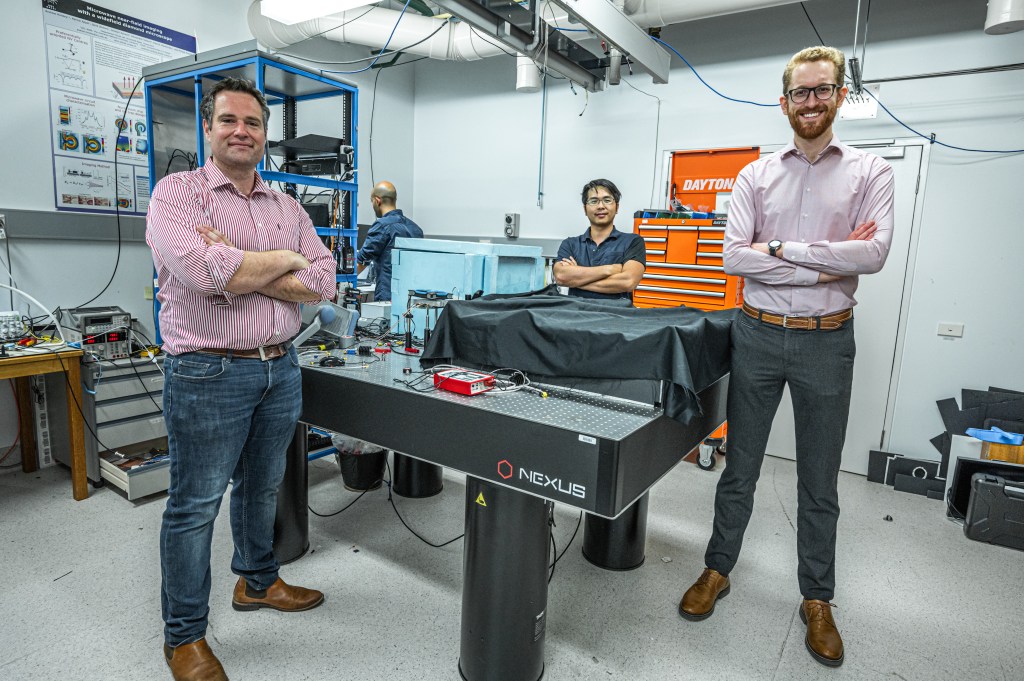
Quantum computing is quickly becoming the next frontier of tech development. At its core, quantum computing uses quantum physics to solve problems that are too complex for classical computers and promises to vastly increase the speed at which data can be processed.
But, according to the CSIRO, most quantum computers developed so far need to maintain a temperature of -273°C in order to operate. Yet an Australia-German firm has just raised US$18 million to scale this kind of technology – at a very inexpensive room-temperature.
Founded in 2019 and based in Canberra, Quantum Brilliance is developing quantum accelerators based on diamond quantum computers. The company has developed a two qubit diamond quantum ‘accelerator’, using synthetic diamonds. It runs at room temperature in any environment because the ultra-hard diamond serves as a “kind of quantum mechanical ‘dead space’ where qubits go to survive for a few hundred microseconds”, the CSIRO states. (According to the CSIRO, bits, in traditional computing, refer only to binary values (0s and 1s); a quantum bit, or qubit, is not either but both values simultaneously.)
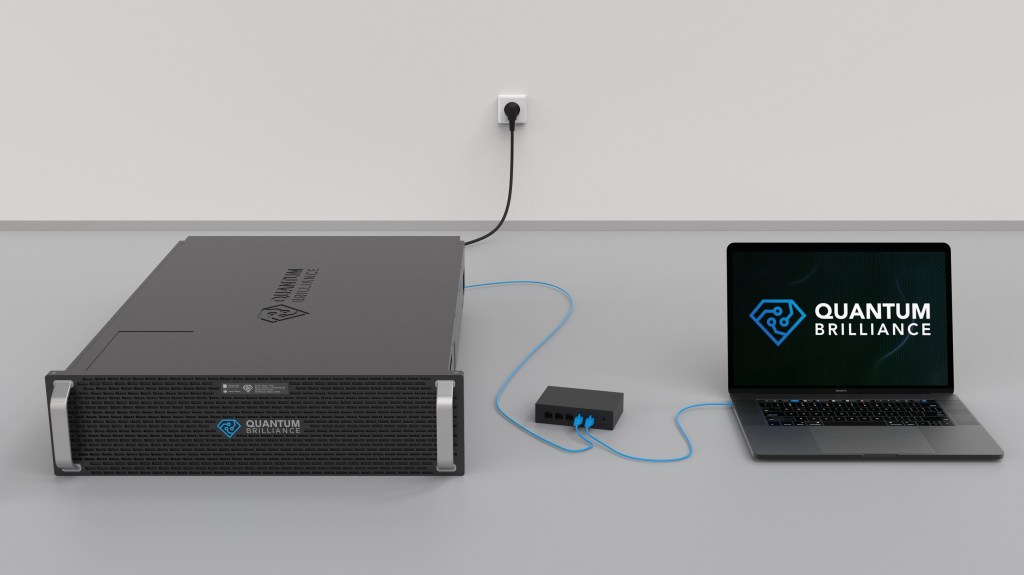
Quantum Brilliance says its devices don’t require cryogenics, vacuum systems or precision laser arrays, meaning its technology consumers significantly less power. It’s aiming to build a miniaturised quantum computer. Then, it plans to turn its systems (currently about the size of a shoebox, it claims), into semiconductor chips that can be used on any device, wherever classical computers are used (i.e. mobile devices, autonomous vehicles or spacecrafts), providing an instantaneous quantum boost in computational power.
“Our technology is following the successful path of classical computers, where integrated semiconductor chips allowed the jump from large fragile mainframes to laptops and smartphones,” Andrew Horsley, co-founder of Quantum Brilliance, says.
“Our small form factor, room temperature, low power devices are forging the same path. We are proud of our achievement in taking quantum computing from the lab to the data centre has been recognised by the investment community.”
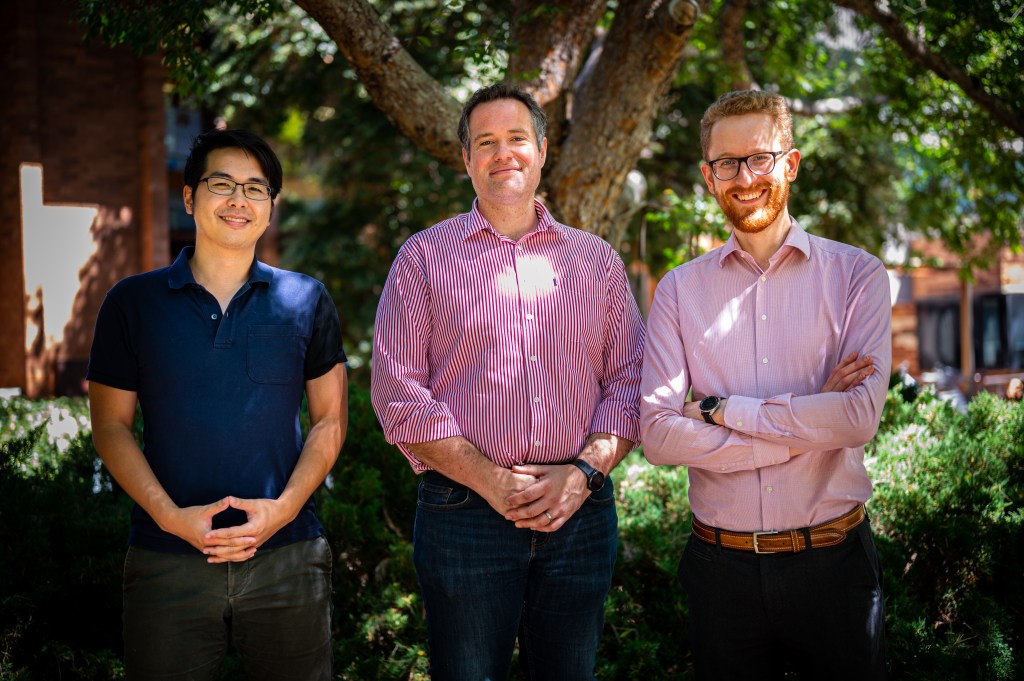
The company so far has global partnerships in the Americas, EMEA and Asia Pacific. It also installed the world’s first room-temperature diamond-based quantum computer at the Pawsey Supercomputing Facility in Perth and announced a collaboration with US tech company NVIDIA to develop the world’s first hybrid quantum-classical computing platform.
Investors in the company’s latest raise include Breakthrough Victoria (the Victorian government’s $2 billion sovereign investment fund), Main Sequence, Investible, Ultratech Capital Partners, MA Growth Ventures, Jelix Ventures, Rampersand and CM Equity Partners.
“We are actively investing in quantum technologies to establish Australia, and the state of Victoria, as a global player in this rapidly evolving sector,” Grant Dooley, CEO of Breakthrough Victoria, says.
“Quantum Brilliance’s vision of mass producible, room temperature, small form factor quantum computers aligns closely with our mandate to fund ideas and technology in Victoria that will help solve globally significant problems, and we see them as a true innovator in the quantum computing industry.”
Hyperion Research predicts the quantum computing market will reach $1.2 billion USD by 2025, and McKinsey estimates the market will reach USD$700 billion globally by 2035.
